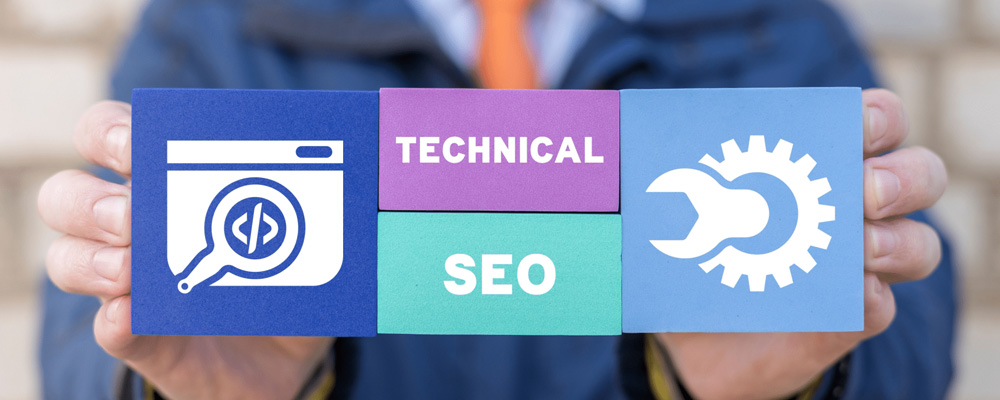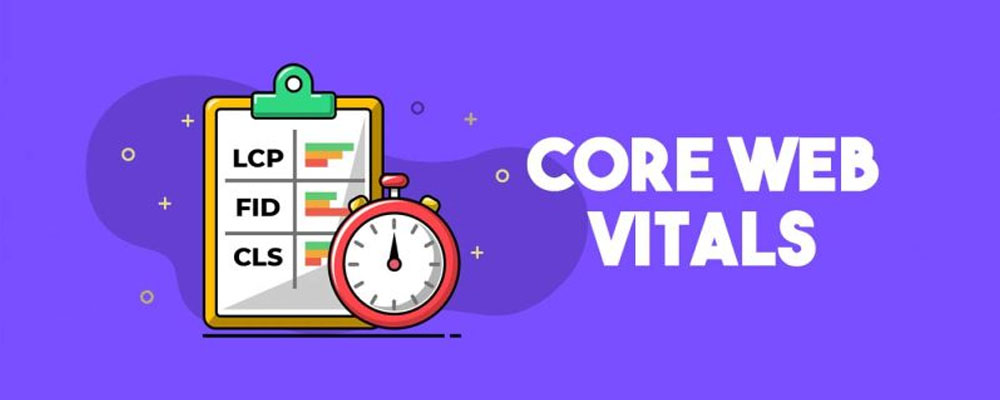
Boost Traffic with eSEO
Basic Introduction
eBay Search engine optimisation (eSEO) is the key to getting greater visibility on eBay.
By including the right words, phrases, and information in your product listing, more buyers will find your items when they’re looking for it.
eSEO means using the best techniques to optimise how your listings appear in eBay’s search, the better you optimise your listings the higher they will appear in eBay search.
As of 2021 your eBay listings may also be indexed by external search engines such as Google, Bing, and Yahoo.
Use keywords
Put yourself in the shoes of the customer and consider the terms they are likely to use in a search engine to find what you’re selling. Once you’ve identified three to five of these keywords, include them organically into the title and description of your listing.
Unique Identifiers
One of the most important things you can do to make sure your listings are found by search engines is to include unique identifiers like Universal Product Codes (UPCs), European Article Numbers (EANs), International Standard Book Numbers (ISBNs), and Manufacturer’s Part Number in your listings.
Unique identifiers is information used by eBay and search engines to connect buyers to the products they’re looking for and to give them the information they need to make their purchase.
Read more on Unique Identifiers directly on eBay.
Product Title
The title of your item is a critical component in natural search. Include the most significant keywords or keyword phrases in the title of your listing, with the most important keyword appearing first and the least important keyword appearing at the end. Additionally, you should utilise all available characters.
Avoid using the terms ‘wow’ or ‘look’ in your title; consumers will not put these terms into search engines.
Impactful Content
Describe your item in as much detail as possible in around 200 words. Your most significant keywords should comprise between 5% and 7% of the description. For example, in a 200-word description, you should use those keywords 10 to 14 times. Due to the fact that search engines only scan a limited amount of text on each page, inserting additional and irrelevant descriptions is not necessary.
Keep in mind that “less is more,” so stay focused on the product and avoid overcrowding the listing; for example, avoid utilising a variety of fonts, font sizes, and font colours… this does not look good and can turn buyers away.
Don’t spam keywords
Utilise keywords as organically as possible; avoid keyword stuffing! Ascertain that the keywords you employ are relevant to the specific goods you are offering. As an example of what not to do, if you are selling a pair of ‘Mens Nike Shoes,’ avoid adding keywords such as ‘Womens Jackets’ or ‘Basketballs,’ on those listings as these are unrelated to the product you are selling; while you may attract more visitors to your listings, you will almost certainly experience a higher bounce rate (people leaving without purchasing). Additionally, keep in mind that keyword spam is both irritating to customers and a violation of eBay rules.
Read more on Keyword Spamming directly on eBay.
Don’t Hide Text
If you’re using a custom eBay listing template, avoid adding invisible text or attempting to fool search engines with extra keywords. Several common pitfalls to avoid include:
- Having the text the same (or similar) colour as the background
- Changing the font size to ‘0’
- Using CSS to hide with ‘display:none’ , ‘z-index’ etc
Just like website SEO, eBay’s search engines are now smart enough to recognise and penalise listings that try to trick it.
Include links
eBay’s link policy is subject to change at any moment; but, as of today (June 1st 2024), you are permitted to include links in your description to other items, your eBay Store, and product videos. The anchor text should be relevant to the destination. For instance, link words such as “Visit my Store” or “See other items” are more effective than “Click here.”
Read more on eBay’s Link Policy directly on eBay.
Use Image ALT tags
If you write your own HTML for listings (a custom template design), be sure to include ALT tags, which are keywords that accompany and describe images online. This is another opportunity to optimise keywords or keyword phrases when they’re relevant to the image.
Frequently Asked Questions
In summary related to the article above, some of the common Frequently Asked Questions are below. If you can’t find your answer, don’t hesitate to Contact us.
eBay SEO (eSEO) refers to optimizing your product listings on eBay to increase visibility and ranking in eBay's search results, as well as on external search engines like Google.
Keywords help by matching your listings with the search terms that potential buyers use. Including relevant keywords in titles and descriptions increases the chances of your items being found.
Unique identifiers like UPCs, EANs, and ISBNs help search engines connect buyers to the right products, ensuring your listings appear in relevant searches and providing essential product information.
Your product title should include the most significant keywords related to your item, with the most important keyword first. Avoid irrelevant terms like 'wow' or 'look'.
Use keywords organically and ensure they are relevant to your product. Avoid adding unrelated keywords to your listings, as this can lead to a higher bounce rate and violates eBay rules.




